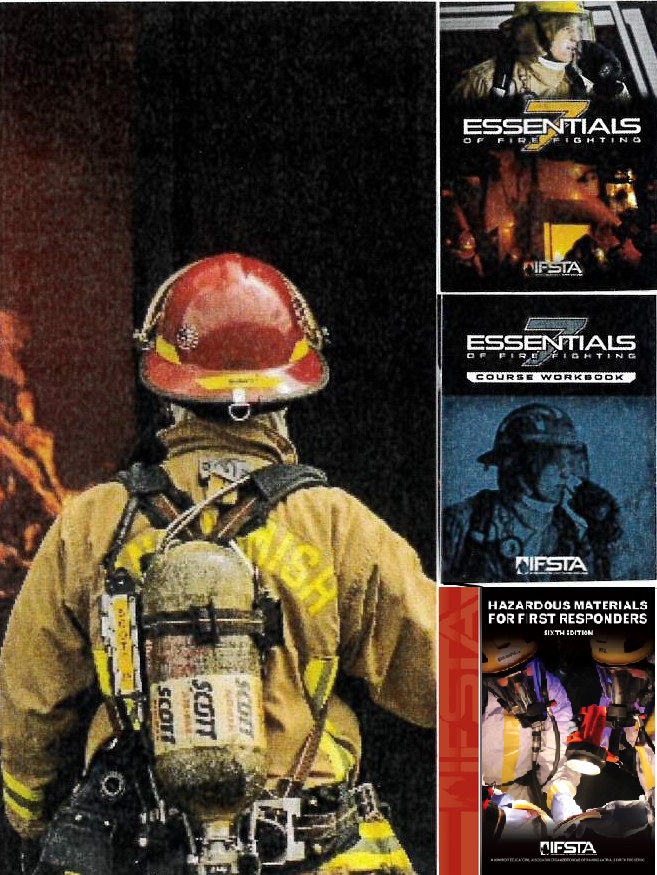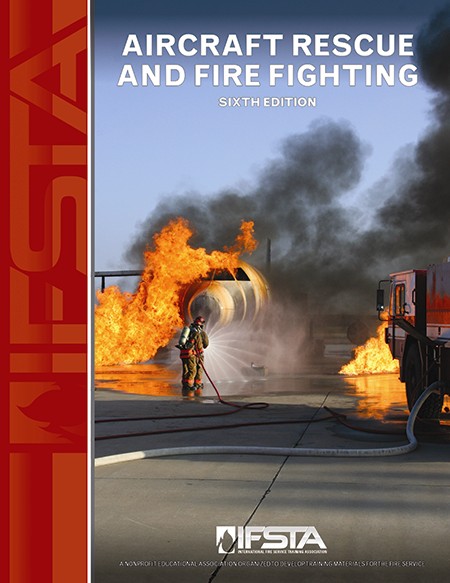
How Legislation Against PFAS is Affecting the Firefighting Industry For this reason, many states are considering restricting the use of and even banning AFFF, and the Department of Defense has even mandated that military organizations phase out firefighting foams containing PFAS by 2024. When AFFF is used to suppress a fire, the PFAS within the foam is able to seep into the environment and groundwater and continues to contaminate anything in its path.

The US Department of Defense has confirmed that AFFF is a major environmentally contaminating source of PFAS. Why are some firefighting foams being banned? As California has made clear, banning the use of PFAS in firefighting foam is next on the list - a necessary move that will protect our communities and the environment, but a difficult transition for the fire protection industry to make. The Keep Food Containers Safe from PFAS Act was introduced to the Senate in November of 2021 and is likely to pass.īeyond all of this sweeping legislation, there are also bans that directly impact the firefighting industry. The PFAS Action Act of 2021 aims to involve the EPA more directly in regulating and setting standards for PFAS use and cleanup. There are also a number of federal bills that have been introduced to Congress. And other states like New Mexico and Minnesota are very close to passing similar bills.Vermont established a ban of PFAS for food packaging.Maine will ban any cosmetics containing PFAS for sale starting in 2030.Connecticut will prohibit the sale of any consumer packaging that contains PFAS starting in 2024.The state has also passed legislation banning the use of PFAS in firefighting foams starting in 2028. California banned PFAS in food packaging and paper straws.While every state has its own rules and regulations: The American government and Environmental Protection Agency (EPA) are both looking for ways to minimize human exposure to these forever chemicals. That’s why the EPA and other American legislative bodies have begun to take action. While many of the long-term effects of PFAS are still unknown, we do know that these forever chemicals are not good for humans, or for the environment. This presents health concerns, as initial studies have shown that PFAS, PFOA, and PFOS exposure may be linked to the following health issues: PFAS Health Concernsīecause PFAS are so persistent, they can move through nearly anything to accumulate and remain within the human body. From there, PFAS accumulate over time, both in the environment and in animal and human bodies. PFAS can move through water, soil, and even concrete to seep into the water system. In addition to the fact that PFAS do not break down or biodegrade over time, they are also exceptionally persistent.

This extreme pervasiveness is why PFAS are so dangerous. PFAS do not degrade or break down, and are shown to be extremely persistent in both the environment and in the human body. This chemical ended up being PFOA (perfluorooctanoic acid), the first PFAS ever created.Īfter this initial discovery, Dupont went on to use the chemical in their revolutionary product, “Teflon.” Shortly after, 3M invented its own PFAS chemical (PFOS), which they branded, “Scotchgard.”Īs we now know, both of these applications had exceptional commercial uses, but the very characteristics that make Teflon and Scotchgard such effective products are just what make them so dangerous to humans and the environment. During an experiment, a coating was created that was discovered to repel both oil and water, and that was resistant to any method designed to break apart the atoms within the chemical.

PFAS were accidentally developed by chemists at 3M and Dupont. Also called “forever chemicals” PFAS includes PFOA, PFOS, Gen X, and many other fluorinated chemicals that feature strong fluorine-carbon bonds that make them virtually indestructible. PFAS, also known as per- and poly-fluoroalkyl substances are a collection of manufactured chemicals. Starting From the Beginning: The History of PFAS If you’re wondering about using firefighting foam, are learning about PFAS, or want to know what fluorine-free fire fighting options are available, this blog will answer many of those questions and provide a general overview of PFAS and its impact on the industry. The concern surrounding PFAS and its use in AFFF is real, and it is actively changing the fire protection agency. Unfortunately, the most effective of these firefighting foams, aqueous film forming foam or AFFF contains PFAS, which the EPA has stated to be dangerous. Firefighting foam is an exceptionally effective fire suppression tool, helping to minimize the impact of some of the worst possible fires, including flammable liquid fires. In the fire protection industry, firefighting foam is a key topic of discussion.


 0 kommentar(er)
0 kommentar(er)
